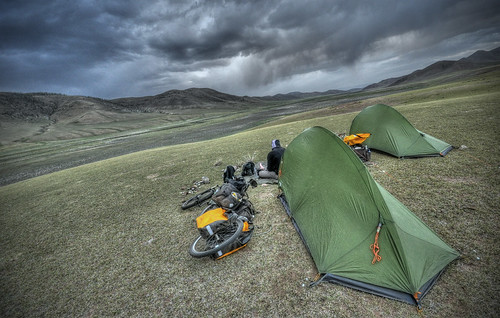I remember reading an early draft of Andy’s book some years ago and complaining that events I witnessed alongside him were sometimes retold in a slightly different order. I was annoyed because he’d deliberately altered aspects of the truth, however tiny, to suit the telling of his story.
Having now written my own book, I can understand very well why he did this. (Sorry, Andy!)
Since my last post’s unintentional controversy I’ve been thinking more on the topic of honesty and deceit in travel writing. I can think of at least two big motives for the reworking of selected events in a non-fiction narrative.
One is for purposes of self-aggrandisement (also known as willy-waving) and involves deceit. The other is to do a better job of telling a story that remains true.
Why an author would need to remould the truth to tell a better story is tricky to explain, and this is where I went wrong yesterday (and may go wrong again today).
It’s done to create an effective overall story arc; to ensure characters develop, to evolve a narrative perspective, to provide dramatic tension. It’s not done to falsify the facts of what happened but to shape what happened into a reading or listening experience that connects the author to the audience.
In short, it’s a fundamental part of a well-told story. I could not have told you this two years ago before I began writing my own.
The most common way in which truth is remoulded is to remove material to leave a condensed version of a story. It’s impossible not to do this; four years would not fit into 400 pages any other way. If it’s balanced and done in the spirit of honesty, there’s nothing wrong with it. It’s also known as ‘editing’.
Problems occur when the author omits details to deliberately create a misconception or exaggeration for reasons other than communication alone — to heighten achievements or to avoid admitting to weaknesses or mistakes. This happens much more frequently than authors would care to admit, and these lies are essentially undetectable.
Composite characters, or characters who bear no identifiable resemblance to the real people on whom they’re based, are also common. An example might illustrate why:
Say the narrator meets two characters, months apart, and each of these characters has something to say which leads the narrator to the same realisation later on in the story.
If there is only room in the narrative for one of these characters (who by having his or her details changed is already fictionalised), is it wrong to put the words of both real-life characters into the mouth of the same fictional one?
Everything said was said in reality. And the narrator’s character develops in precisely the same direction as a result. Given that there is nothing identifiable left in the new, fictional character, I’d argue that it’s truer to have done this — to have included all of the ideas that had an effect on the narrator, rather than omit half of them for the sake of ‘reality’.
I have done my best to write a portrayal of four tumultuous years of my life with ‘brutal honesty’ (to paraphrase my own book’s sales page). It’s always been my aim to do this.
But should a true story not be judiciously strengthened in ways like those described above? Authors (I know you’re reading this), what do you think?


Something to add?